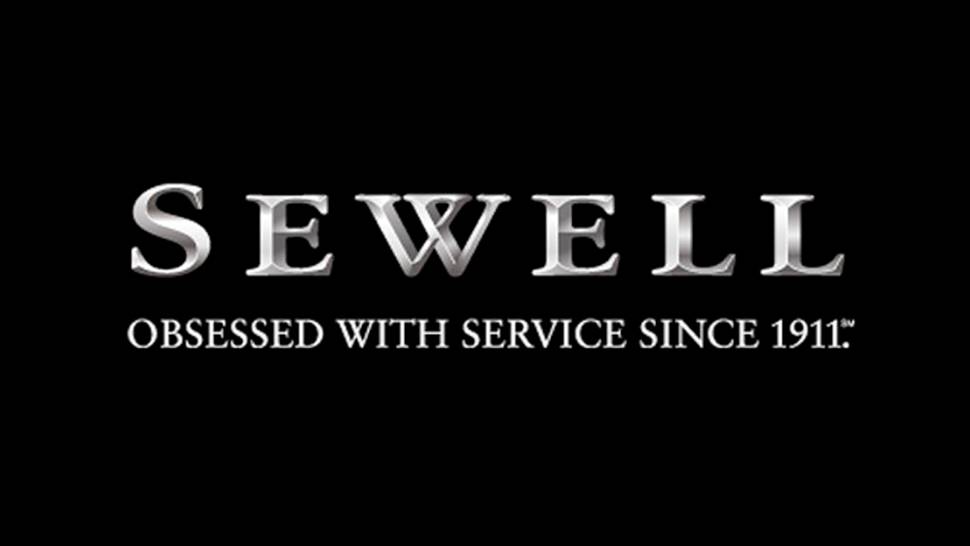The names that regularly appear at the top of every list for amazing customer experiences and service are familiar: USAA, Amazon, Chick-fil-A, Publix, and Zappos. And sadly, so are names that appear at or near the bottom in every survey.
The difference between the perpetual have’s and the consistent have not’s has nothing to do with stated values. Companies at the top and the bottom of your service hall of fame state basically the same commitment to excellence in customer care.
The difference between the companies that delight you and those that consistently frustrate you often comes down to one thing: The very best build and sustain a culture of serving rather than settling for a culture of service.
Why I am a Customer for Life
The motto of the Sewell Automotive Companies states that they have been obsessed with service since 1911. In truth, it should say that they are obsessed with serving.
A “culture of service” focuses on managing transactions, following processes, and meeting numbers. A “culture of serving” focuses on relationships with human beings who just happen to be customers.
Thirty years and 11 vehicles worth of experiences as a customer have provided many examples of how the Sewell team goes beyond providing a service to serving. My first experience with them, however, stands out.
A knot appeared on the left front tire after hitting a pot hole in my new Lexus ES. I asked the service representative if something could be done about the tire when I took it in for its normal 1,000 mile service. The representative explained that warranties are addressed through the tire manufacturer not the auto dealership. She said they would put my spare tire on the ground and offered to call the local Goodyear dealer to arrange for me to take the car in for service.
I was impressed. The Sewell rep could have simply managed the transaction and sent me to the tire store, but she went a step beyond to serve my needs.
What happened next is how legends are made.
I returned for my car that afternoon. The service representative said, as she covered the list of things done to my car, “We noticed that the tread on your right front tire is showing abnormal wear. We checked the alignment, and everything is perfect. But, the knot on your left front tire combined with the abnormal wear on the right side made us think that you may have received a faulty set of tires. So we replaced them all – including a new spare.”
Wait a minute – you just decided to replace them all … for a brand new customer with no history with your business … at no cost to me?
I was impressed when the representative over managed the initial transaction, but now I was in LOVE. It is little wonder that today I am loyal to Sewell more than a particular automobile brand.
A report by Forrester Research confirms the universal benefit of serving customers rather than providing them a service. It projects that simply moving from a below average score to an above average customer experience score compared to industry competitors will significantly boost revenue and cut costs. Imagine the benefit if your company could become legendary for serving customers like Sewell.
Do This Now
The move from providing a service transaction to serving a customer requires a change in focus. Here are three areas to attack right now:
Change how metrics are used: Service in many companies has become a series of managed and measured transactions. For example, customer care center employees are measured and rewarded on a variety of factors determined to be important to customers and the company—accuracy, call handling time, being friendly, and others.
Transaction-oriented companies use metrics as a report card. They coach and take disciplinary action on the numbers rather than the performance and behavior that led to them. The service heroes we admire, in contrast, use metrics as a tool to engage feedback and continual improvement
Change the focus of training: Companies viewing service as a transaction train people to follow a rigid process that ensures consistency. They encourage people to be pleasant, but the importance of following the process is always present.
Companies who serve – like Sewell – have and teach their processes, too. They go beyond that, however, to emphasize that the first priority is to help customers. That includes teaching people when and how to appropriately alter or even disregard the process to help the customer.
Change how leaders behave. In many organizations, employees who deviate from the standard process are written up (or worse) regardless of the outcome. At companies that serve, like Sewell, leaders are expected, trained, and held accountable for serving their team just like they would an external customer. Honest mistakes are used as learning opportunities. Managers actively look for ways to help their team succeed. And because they understand that leadership doesn’t have to be synonymous with position, associates help each other. They actively create an organization that sees itself as elite but doesn’t act elitist.
It is hard to imagine that one slight difference in one single word can make a huge difference in the customer experience – but it does. Every company says that they believe in service. The very best take the next step to build a culture that serves each other and their customers.
Randy Pennington is an award-winning author and a leading authority on helping organizations deliver positive results in a world of accelerating change. His keynote seminars and workshops are informative, engaging, and memorable. To learn more or to hire Randy for your next meeting, visit www.penningtongroup.com or call 972-980-9857.





